Are you concerned about E. coli in your well water and want clear steps to prevent it?
How Do I Prevent E. Coli In My Well Water?
You rely on your private well for safe drinking water, cooking, and household uses. Preventing E. coli contamination requires a mix of regular testing, good well construction and maintenance, attention to nearby activities that can pollute groundwater, and appropriate treatment when needed.
What is E. coli and why does it matter?
E. coli (Escherichia coli) are bacteria commonly found in the intestines of people and warm-blooded animals. While many strains are harmless, some can cause gastrointestinal illness, and the presence of E. coli in water indicates fecal contamination.
You should treat any detection of E. coli seriously because it signals that disease-causing organisms might be present. If you, your family, or guests drink contaminated water, you can get diarrhea, stomach cramps, vomiting, and more severe infections if you’re very young, elderly, pregnant, or immunocompromised.
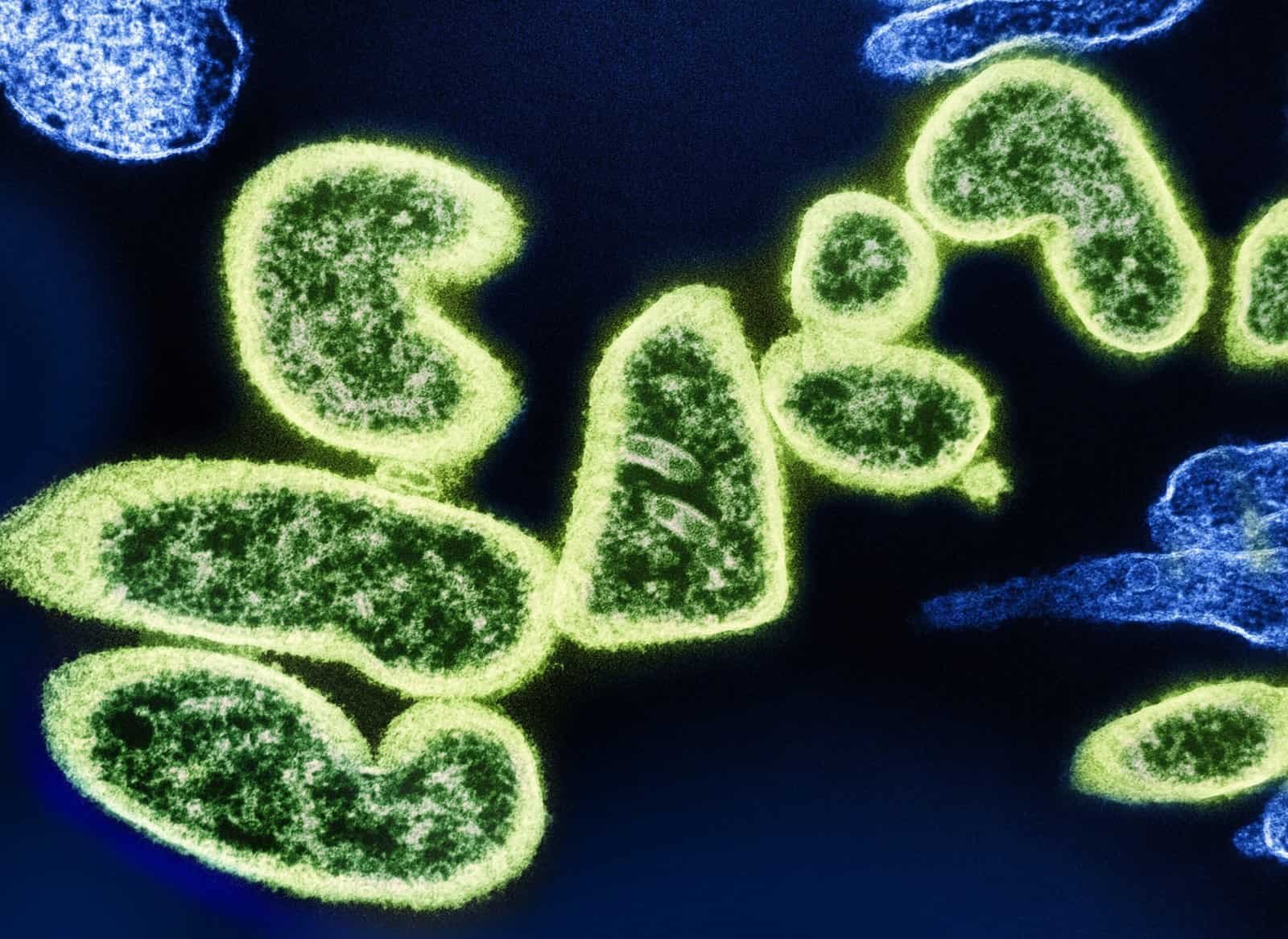
How does E. coli get into well water?
E. coli reaches wells primarily through surface or near-surface water carrying fecal matter from humans, livestock, pets, and wildlife. Common pathways include:
- Flooding or heavy rain washing contaminants into the ground near your well.
- A leaking or failed septic system that seeps into groundwater.
- Poorly constructed or damaged wells allowing direct entry.
- Runoff from manure piles, barnyards, or areas where animals congregate.
- Nearby agricultural practices or compost piles that aren’t properly managed.
Understanding these pathways helps you reduce the risk at the source before the bacteria reach your well.
Signs that your well might be contaminated
Clear, odorless water does not guarantee the absence of E. coli. Visual signs that might accompany contamination include cloudiness, unusual odors, or a sudden change in taste. However, most of the time contamination is only detectable through laboratory testing.
If you notice recurrent gastrointestinal illness among household members, especially after heavy rains or flooding, treat your water as potentially contaminated and get it tested immediately.
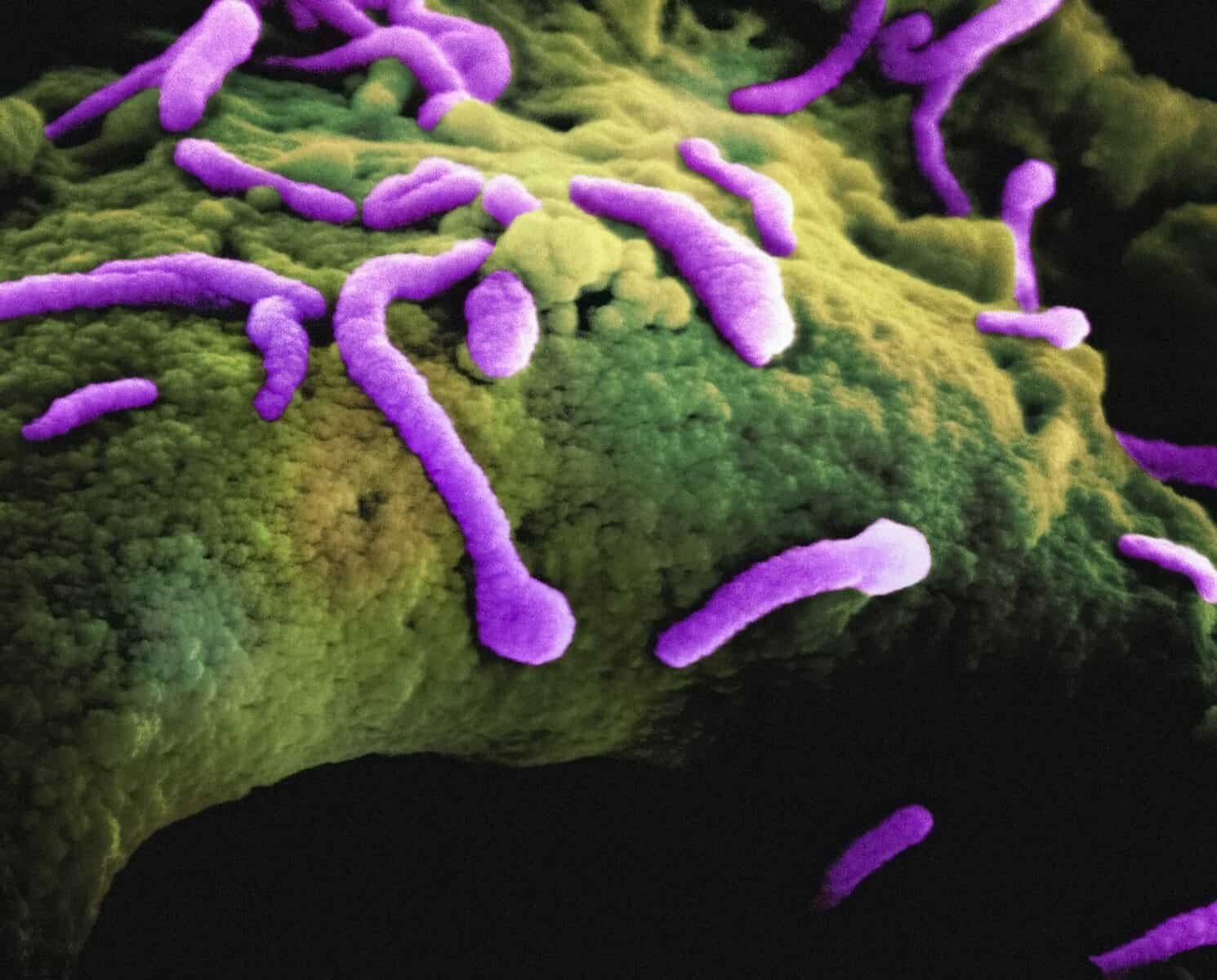
How often should you test your well water?
Regular testing is the most reliable way to know whether your well is safe. At minimum, you should:
- Test annually for total coliform bacteria, E. coli, and nitrate.
- Test after any well construction, repair, or major maintenance.
- Test after flooding, heavy rains, or if you notice changes in water clarity, color, taste, or odor.
- Test if household members experience unexplained gastrointestinal illness.
Below is a simple testing frequency guide.
| Situation | Recommended tests | Frequency |
|---|---|---|
| Routine private well monitoring | Total coliforms, E. coli, nitrate | Annually |
| New well or after repairs | Total coliforms, E. coli, nitrate, other site-specific tests | Immediately after work |
| After flooding or heavy rain | Total coliforms, E. coli | Immediately and repeat in 1–2 weeks |
| Suspected illness linked to water | Total coliforms, E. coli, perhaps pathogens | Immediately |
| Changes in water treatment system | Performance checks, microbial tests | After change and regularly thereafter |
Work with a certified laboratory or your local public health department to get accurate tests and sample collection instructions.
How do you properly sample your well water for lab testing?
Proper sampling is essential for reliable results. If you don’t follow instructions, you could get a false negative or false positive. Typical steps you’ll be asked to follow include:
- Obtain sterile sample bottles from the testing lab or health department.
- Avoid touching the inside of the bottle or cap.
- Run cold water for several minutes to clear the plumbing and collect a fresh sample from an outside faucet or wellhead tap that’s free from hoses and aerators.
- Fill the bottle to the level indicated, usually leaving a small air space, unless instructed otherwise.
- Keep the sample cool and deliver it to the lab within the specified time frame (usually within 24 hours).
Your lab will give precise directions. Follow them closely and ask if you’re unsure.
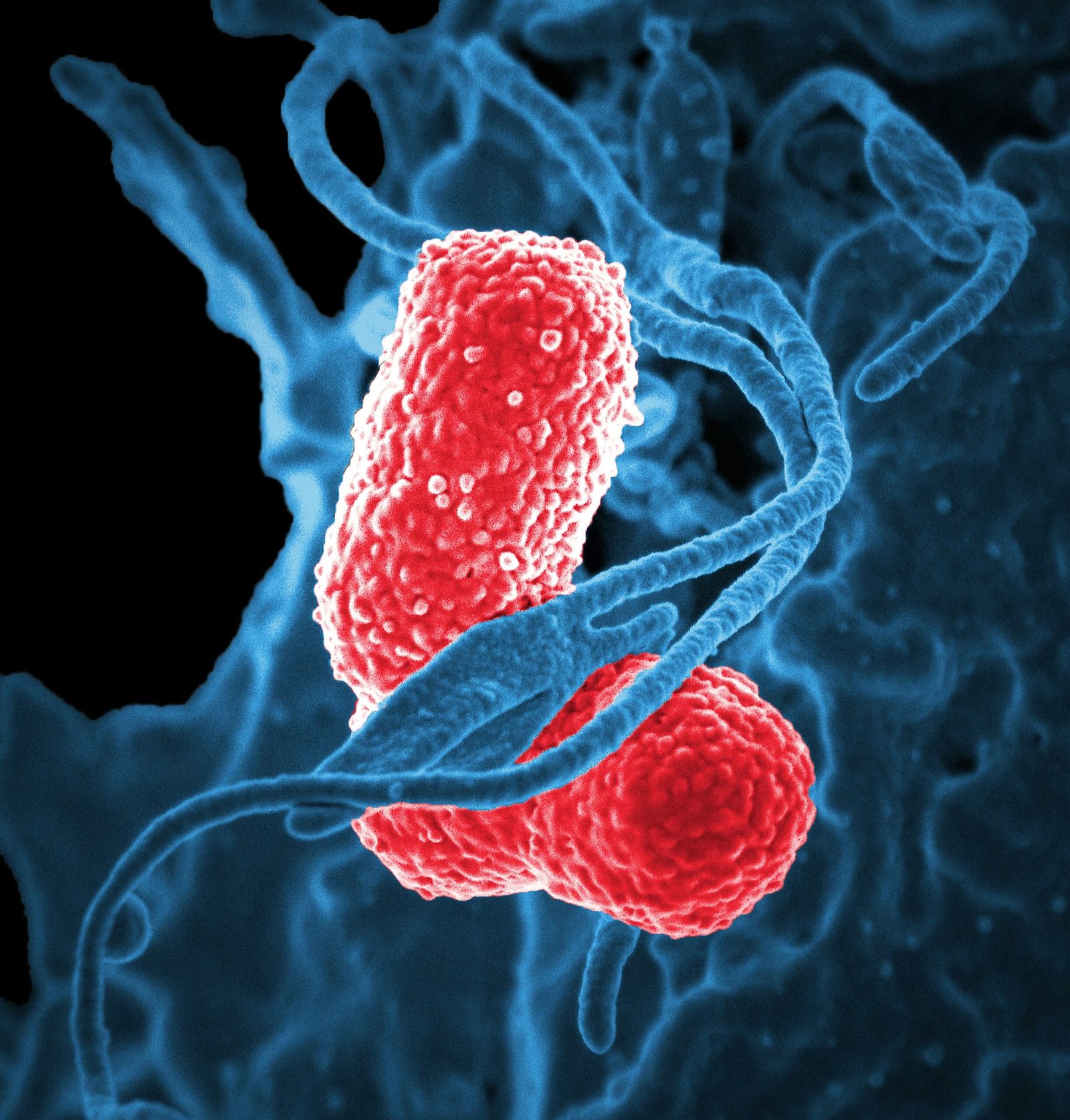
How do you interpret test results?
Most labs report test outcomes as “Absent/Present” for E. coli or as counts of colony-forming units. Key interpretations:
- Negative for E. coli and total coliforms: Good, but continue routine testing and maintenance.
- Total coliforms present but E. coli absent: Indicates possible vulnerability; remedial actions and repeat testing are advisable.
- E. coli present: Treat the well as contaminated and take immediate action (boil advisory, disinfection, professional help).
If you get a positive E. coli result, do not use the water for drinking, cooking, brushing teeth, or preparing infant formula until it’s confirmed safe.
What to do immediately if your test is positive for E. coli
Take these immediate steps to protect yourself and others:
- Stop using the water for drinking and food preparation. Use bottled water or another safe supply.
- Issue a boil water advisory for household use: boil water for at least 1 minute at sea level (3 minutes at elevations above 6,562 feet) to inactivate pathogens. Let boiled water cool before use.
- Consider disinfecting surfaces and appliances that have been in contact with contaminated water.
- Contact your local public health authority or extension service for guidance.
- Arrange to have the well disinfected and re-tested before resuming normal use.
Boiling is effective for killing bacteria; however, it does not remove chemical contaminants. If chemical contamination is suspected, use an alternative water source until the problem is resolved.
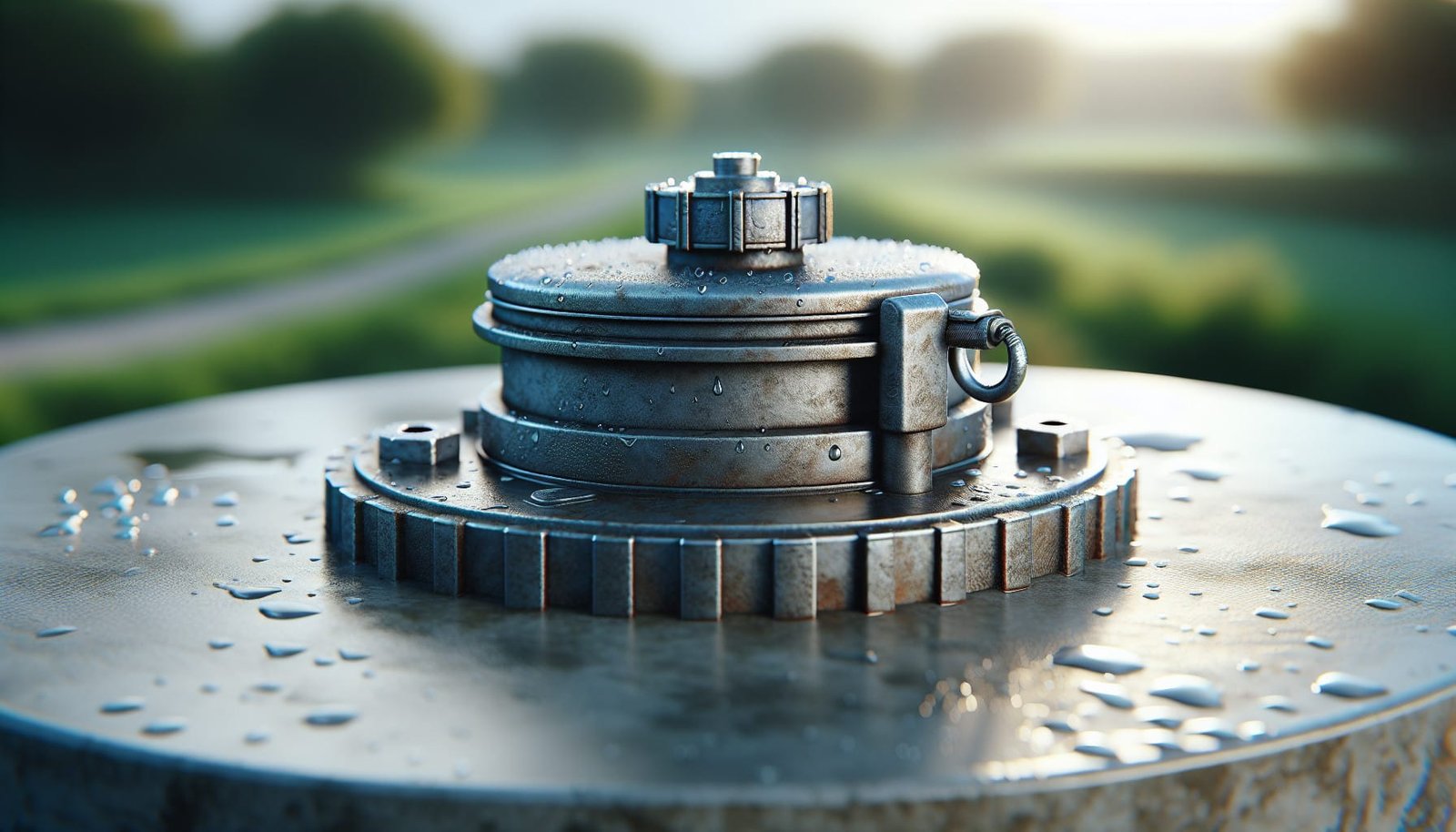
How to disinfect or shock your well (general guidance)
Shocking (chlorinating) a well can eliminate bacteria temporarily, but the process must be done correctly for safety and effectiveness. If you choose to disinfect your well yourself, follow guidance from your local public health department or a trusted source.
General steps commonly used (but confirm exact instructions locally):
- Calculate the well volume to determine how much disinfectant is needed. You can estimate gallons per foot based on well diameter:
- 4-inch well ≈ 0.65 gallons/foot of water column
- 6-inch well ≈ 1.47 gallons/foot
- Mix chlorine (unscented household bleach) with water in sufficient quantity to create a disinfecting solution, then pour or pump it into the well casing.
- Circulate the chlorinated water through all plumbing fixtures until you can smell chlorine at each tap, ensuring the solution contacts the plumbing and distribution system.
- Let the chlorine sit for the recommended contact time, typically 6–24 hours.
- After the contact time, flush the system until the chlorine smell is gone, and properly dispose of the flushed water (avoid sending strongly chlorinated water into sensitive environments).
- Test the water afterwards and only resume normal use when tests confirm absence of E. coli.
Because dosages and procedures depend on well construction, depth to water, and local regulations, consult your health department or a professional well contractor for exact instructions and safe chemical handling. Improper dosing can be ineffective or cause damage.
Well construction and integrity — the first line of defense
A properly constructed and maintained well significantly reduces the risk of contamination. Key construction and integrity points you should check:
- Well casing and grout: The casing should extend above ground and be grouted to prevent surface water infiltration.
- Sanitary well cap: A secure, vermin-proof cap prevents animal or insect entry.
- Elevation: The top of the well should be above the ground level and any nearby sources of contamination.
- Proper distance: Your well should be located uphill and a safe distance from septic systems, livestock areas, barns, and manure storage.
- No visible cracks, gaps, or damage in the casing, cap, or nearby concrete pad.
If you suspect or find any physical issues with your well, call a licensed well contractor for repairs.
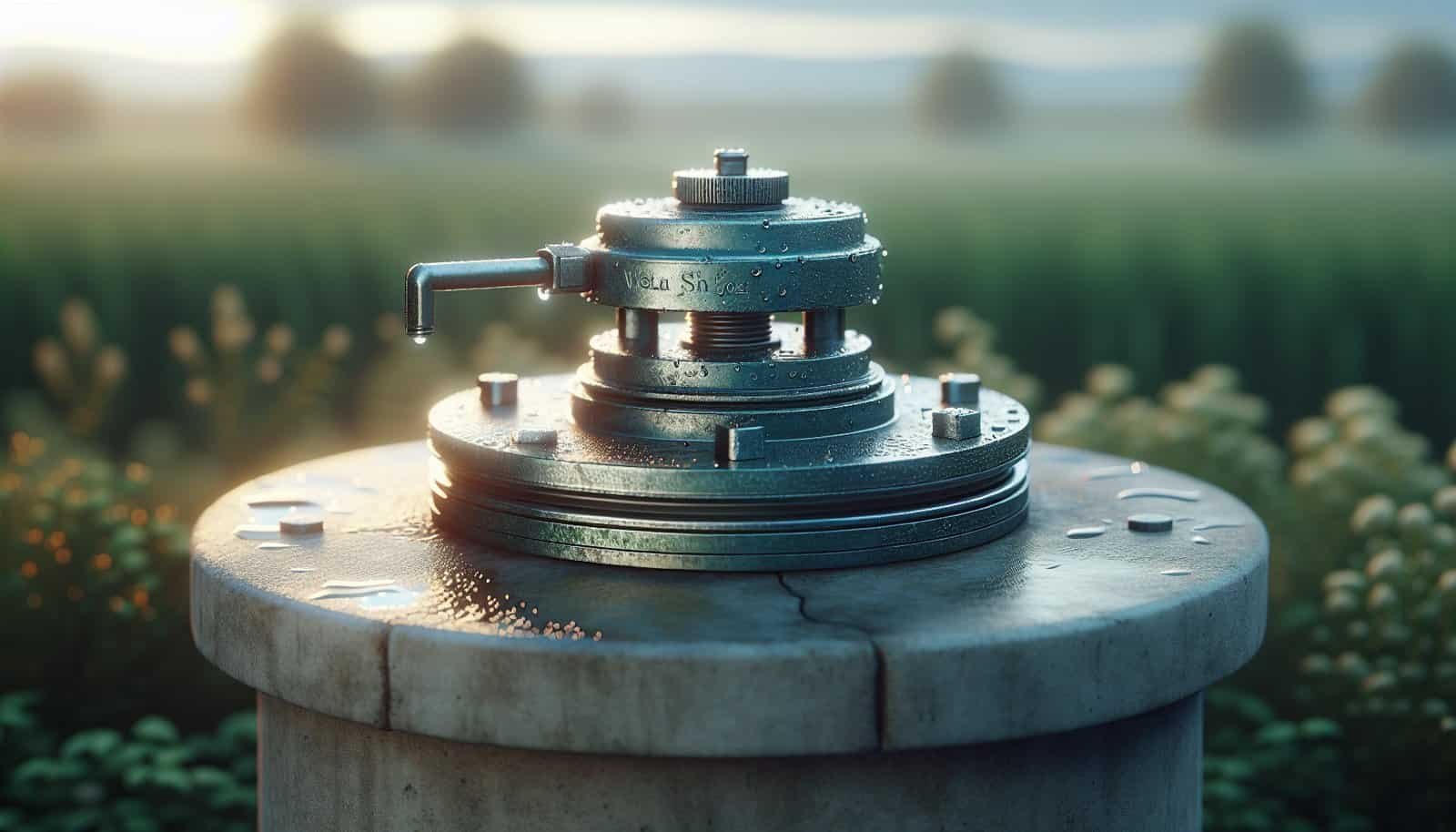
How to manage wells near septic systems, livestock, and crop fields
You can reduce risk through good site management:
- Septic systems: Maintain your septic system regularly. Pump it as recommended and repair it if it shows signs of failure (soils surfacing, odors, soggy areas).
- Livestock and manure: Keep animals and manure storage well away from wellheads. Avoid spreading manure near the well or in areas where runoff can reach recharge zones feeding the well.
- Agricultural chemicals and fertilizers: Manage application rates and timing to reduce runoff or leaching into groundwater.
- Landscaping: Grade the land so surface water runs away from the well. Maintain a 10–20 foot clear zone around the well free of depressions or impermeable coverings.
A sanitary survey (simple inspection) of your property can reveal vulnerabilities and practical fixes.
Sanitary survey checklist
Use this checklist to evaluate potential contamination pathways around your well. If you answer “no” to any “should” question, consider corrective action.
| Item | Ideal condition | Action if not met |
|---|---|---|
| Well cap | Secure, vermin-proof | Replace with sanitary cap |
| Casing | Extends above ground and sealed | Repair or re-seal casing |
| Surface drainage | Ground slopes away from well | Re-grade to divert runoff |
| Nearby sources | Septic, livestock, manure > safe distance | Move source or well, add barriers |
| Flood protection | Well protected from floodwater | Raise wellhead or install barrier |
| Visible damage | No cracks, corrosion, gaps | Repair by licensed contractor |
| Vegetation | Area clear of deep roots | Remove large trees and roots nearby |
| Debris | No debris or chemicals near well | Remove and store chemicals safely |
If you identify multiple issues, prioritize fixes that prevent direct entry of surface water and fecal material.
Water treatment options to prevent or remove E. coli
If your well is at risk or has a history of contamination, point-of-entry (whole-house) or point-of-use (tap-level) treatment can protect your household. Common microbial treatment options include:
| Treatment | How it works | Pros | Cons |
|---|---|---|---|
| Chlorination (continuous or periodic) | Chemical oxidizer that kills bacteria | Effective, relatively inexpensive, provides residual | Requires monitoring, taste/odor, not effective for some chemicals |
| UV disinfection | Uses ultraviolet light to inactivate microbes | Chemical-free, fast, effective for bacteria/viruses | No residual protection, requires pre-filtration and power |
| Reverse osmosis (RO) | Membrane filtration that removes microbes & many chemicals | High-quality drinking water | Requires pre-treatment, wastes water, point-of-use only |
| Granular activated carbon (GAC) + filtration | Adsorbs organic compounds; filters can remove particulates | Improves taste/odor, good for some contaminants | Does not reliably remove bacteria without disinfection |
| Cartridge filtration (0.2–0.45 µm) | Physical removal of bacteria | Effective at point-of-use for bacteria | Filter replacement frequent; not whole-house unless sized properly |
| Distillation | Evaporation and condensation removes microbes and solids | Very effective for microbes | Energy-intensive, slow, point-of-use |
Choose systems based on your risk, test results, household needs, and budget. Many households combine pre-filtration with UV or continuous chlorination for a robust solution.
Pros and cons of common microbial treatments (more detail)
Chlorination
- Pros: Kills bacteria, viruses, and many parasites. Provides residual protection in plumbing.
- Cons: Must maintain proper dosing and contact time; can form disinfection byproducts; taste/odor issues; requires safe handling.
UV disinfection
- Pros: Highly effective at inactivating bacteria and viruses without chemicals; low maintenance besides lamp replacement and cleaning.
- Cons: No residual protection — re-contamination can occur in storage tanks or plumbing; needs clear water (pre-filtration) to work well.
Point-of-use filters (e.g., 0.2 µm)
- Pros: Simple, effective at the tap for microbes; low cost per unit.
- Cons: Only treats water at the point it’s installed; high maintenance frequency if water has high turbidity.
RO and distillation
- Pros: Remove a broad range of contaminants, including microbes (RO) and most chemicals (distillation).
- Cons: Higher cost, water waste (RO), energy use (distillation), and maintenance.
When choosing, consider whole-house vs point-of-use. For drinking and cooking, point-of-use RO plus UV or a certified drinking water system may be appropriate. For showering and laundry, whole-house treatment can protect appliances and reduce microbial growth in plumbing.
Maintenance and monitoring of treatment systems
You must maintain any treatment system you install. Typical actions include:
- Replace filters and cartridges at the intervals the manufacturer specifies or sooner if flow drops or turbidity increases.
- Replace UV lamps yearly and clean quartz sleeves to maintain intensity.
- Monitor chlorination systems for consistent residual levels and replace chemical supplies as needed.
- Keep records of maintenance and testing to track system performance.
Treatments fail when neglected. Regular monitoring and maintenance keep your system protecting you reliably.
How to reduce E. coli risk during flooding and heavy rain
Flooding is a high-risk period for well contamination. Take these actions:
- Avoid using well water for drinking until tested after floodwaters recede.
- If your wellhead was submerged, disinfect the well and plumbing before resuming use.
- Pump out standing water and clean and disinfect any contaminated surfaces.
- Replace well caps or seals that were damaged or displaced.
After floods, local health departments often provide guidance tailored to local conditions. Follow their instructions and test before relying on the well again.
When to call a professional
Certain situations require a licensed well contractor, plumber, or public health official:
- You detect persistent E. coli after repeated treatments and retesting.
- You suspect structural damage to the well casing, grout, or pump.
- Your well surface has been submerged in floodwater and you’re unsure how to proceed.
- You need precise shock chlorination dosages or a full well disinfecting service.
- You’re planning to relocate the well or install an advanced treatment system.
Professionals have the equipment and training to safely and effectively diagnose and remediate contamination.
Record keeping and a monitoring schedule you can use
Keeping a simple log helps you track testing, maintenance, and unusual events. Include:
- Date of test, lab name, test type, and results.
- Dates of maintenance, what was done, and who performed it.
- Any notable events (heavy rains, flooding, new septic work nearby).
- Treatment system supplier and maintenance reminders.
A basic schedule to follow:
- Annual: Test for total coliforms, E. coli, and nitrate. Inspect wellhead and cap.
- After any work: Test and inspect.
- After heavy rain/flooding: Test immediately and after 1–2 weeks.
- Treatment system: Follow manufacturer maintenance schedule.
| Task | Frequency |
|---|---|
| Bacterial testing | Annually and after events |
| Nitrate testing | Annually |
| Visual well inspection | Annually |
| Septic inspection | Every 3 years (or local recommendation) |
| UV lamp replacement | Annually (or per manufacturer) |
| Filter changes | Per manufacturer or when flow drops |
Practical, everyday things you can do to prevent contamination
You don’t need to be an expert to reduce risks. Simple actions you can take right away:
- Keep hazardous materials, chemicals, and animal wastes well away from the well.
- Maintain your septic system and pump it regularly.
- Avoid planting trees or deep-rooted shrubs too close to the well.
- Install a secure sanitary well cap and ensure it is not cracked or loose.
- Ensure surface water drains away from the well rather than toward it.
- Store fertilizers, pesticides, and fuels on impervious surfaces and away from the well.
- Keep livestock pens, compost piles, and manure storage downslope and far from the well.
Small routine actions add up to meaningful protection.
Additional contaminants often associated with fecal contamination
When E. coli or total coliforms are present, other contaminants might also be a concern:
- Nitrate: Often associated with fertilizer and manure. High nitrate levels are dangerous for infants (blue baby syndrome).
- Protozoa (e.g., Giardia, Cryptosporidium): These can cause severe diarrheal disease and are sometimes more tolerant of disinfection.
- Viruses: Enteric viruses may be present and require treatment methods that inactivate or remove them.
Comprehensive testing helps you know what else to treat for.
Handling water for infants, elderly, and immunocompromised household members
If someone in your household is at higher risk, take added precautions:
- Use bottled water or properly treated water for infant formula and drinking until you’re sure the well is safe.
- Consider a point-of-use system that includes disinfection and filtration certified for microbial reduction for drinking and cooking taps.
- Consult your physician and local health department for personalized advice during contamination events.
Protecting high-risk individuals may require stricter measures than the general population.
Frequently asked questions
Q: If I only have total coliforms present but not E. coli, is my water safe? A: Total coliforms indicate your system may be vulnerable to contamination. While they are not necessarily harmful themselves, they often prompt further investigation, corrective actions, and repeat testing.
Q: Can boiling water remove E. coli? A: Yes. Boiling water for at least 1 minute (3 minutes at high elevations) kills bacteria, viruses, and most pathogens. Boiling does not remove chemicals.
Q: Is bottled water the only safe option if my well is contaminated? A: Bottled water is a convenient safe option while you treat and disinfect your well. Properly disinfected well water that tests negative for E. coli can be safe to use again.
Q: Will installing a filtration system eliminate the need for testing? A: No. You should continue regular testing. Filters can fail, become clogged, or be bypassed. Testing confirms performance and safety.
Summary — actionable checklist to prevent E. coli in your well water
- Test your well annually for total coliforms, E. coli, and nitrate.
- Inspect the wellhead, cap, and casing every year.
- Keep septic systems maintained and away from the well.
- Keep animals, manure, and chemicals a safe distance from the well.
- Grade the land so surface water runs away from the well.
- If E. coli is detected, stop using the water for drinking and food prep, boil water for safety, contact authorities, and arrange disinfection and retesting.
- Consider treatment systems (chlorination, UV, RO) as appropriate and maintain them rigorously.
- Keep written records of tests, maintenance, and events.
You can protect your household by combining routine testing, preventative maintenance, sensible site management, and appropriate treatment. If you’re ever unsure, contact your local public health department or a licensed well professional for guidance tailored to your well and local conditions.
